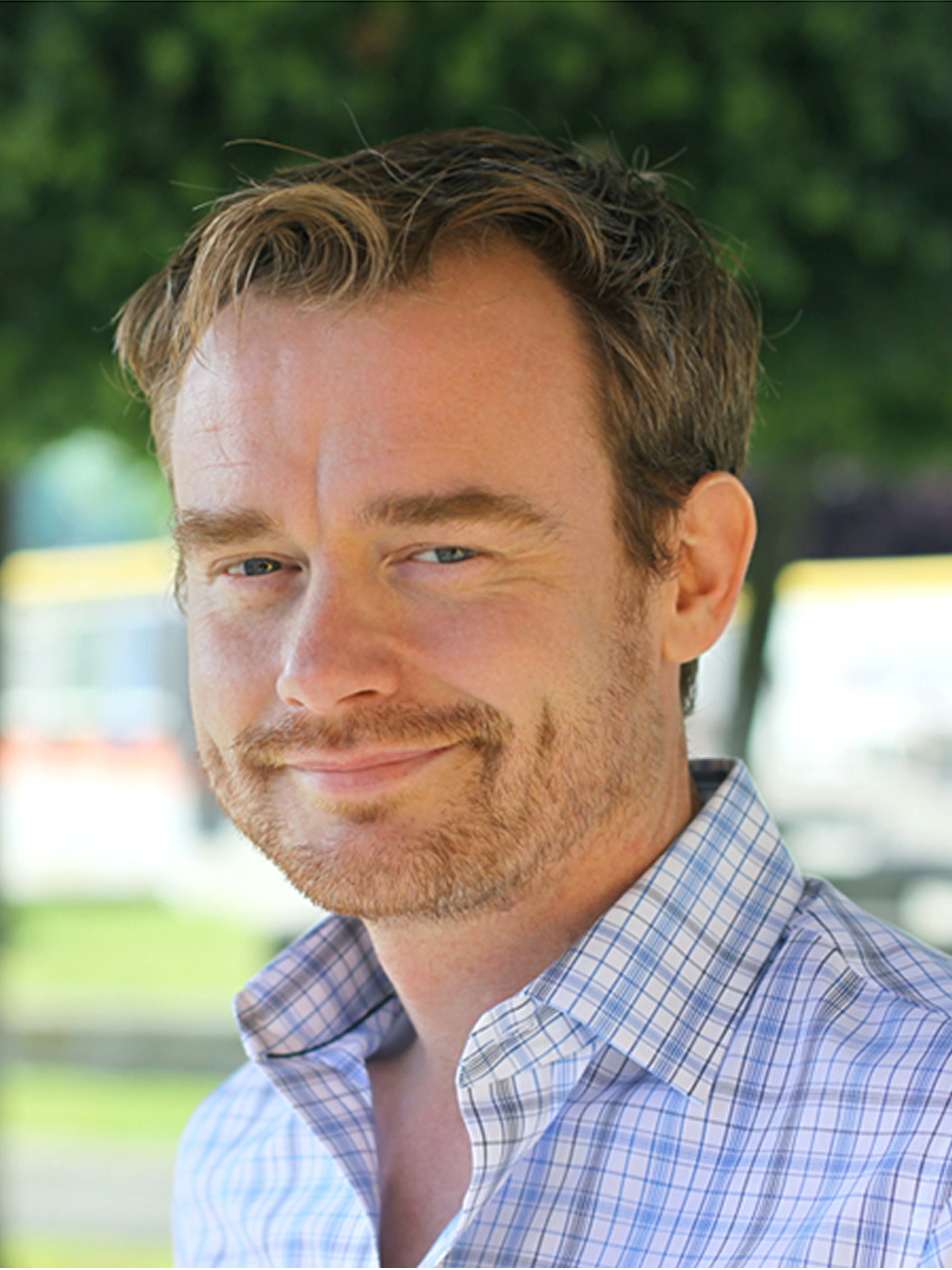In 2024, two in three physicians reported using AI – representing a wider shift in the healthcare industry to drive efficiency and generate better outcomes for patients with new technology advancements. But many of these use cases have been limited to administrative tasks like voice transcription.
Given all the data that healthcare systems, hospitals and clinics are already gathering as part of their everyday work, the opportunity for AI to reimagine the way they operate–from optimized
Read More
The Clinical AI Paradox: Why Data Scarcity and Synthetic Over-Reliance Threaten Healthcare LLM Revolution
Large Language Models (LLMs) are rapidly moving from the lab to the administrative suite, promising to revolutionize efficiency in healthcare by automating clinical documentation, streamlining scheduling, and accelerating claim processing. For an industry buckling under administrative overhead, the immediate value proposition is immense.
However, beneath this promise lies a fundamental vulnerability that threatens to undermine the entire AI revolution in medicine: the quality, diversity, and
Read More
$110B by 2030: Navigating the 7 Principles of Successful Enterprise AI Implementation in Healthcare
According to reports, the AI in healthcare market is expected to grow at a CAGR of 38.6% between 2025 to 2030. By the end of the forecast period, it will be worth $110.61 billion.
This positive market sentiment has trickled down to the grassroots. Headlines promise faster diagnostics, smarter operations, and reduced costs. Patients are starting to expect AI-led experiences. Care givers are ready to be armed with the latest AI tech. Leaders in healthcare have started investing big in
Read More
The Hidden Value of HTM: How Healthcare Technology Management Directly Impacts Hospital Financial Performance and Patient Satisfaction
Healthcare Technology Management (HTM) departments have been thought of as a background operation, being called in when devices fail or compliance checks are due, rather than partners in shaping hospital operations. However, HTM has a direct line to hospital performance, impacting financial outcomes, asset utilization, clinical safety, and cyber programs in ways that hospital executives should no longer ignore.
By inviting the HTM teams to be at the table within different hospital operational
Read More
How Ghost Assets Undermine Compliance and Integration in Healthcare
The second quarter of 2025 saw a modest rebound in hospital mergers and acquisitions (M&A), with Kaufman Hall reporting eight announced deals. Yet the trend lines tell a more complicated story: half were divestitures, there were no mega-mergers, and the average seller size was just $175 million in annual revenue, well below historical norms.
This smaller-scale, divestiture-heavy deal landscape may seem less dramatic than the headline-grabbing mega-mergers of past years, but it introduces
Read More
Transient Warming Events (TWEs): The Silent Threat to Cell and Gene Therapy Integrity
Cell and gene therapies (CGTs) are reshaping medicine. Hundreds of clinical trials are underway worldwide, and the first wave of commercial therapies is already changing the outlook for patients with rare diseases and cancers. Yet as the industry races toward commercialization, a fundamental challenge is threatening to slow progress: preserving the integrity of living cells from the lab to the patient.
One of the most underappreciated risks in this journey are transient warming events (TWE)
Read More
Busting the EHR Myths: Why SYaaS Models Are the New Gold Standard for Healthcare Transformation
The world is expected to generate up to 181 zettabytes of data by the end of 2025, with healthcare contributing up to 36% of that total. But up to 97% of that data goes unused, trapped in electronic health record (EHR) systems that don’t effectively use, organize, analyze, secure, share, or make accessible the valuable data contained within them. This results in compounding effects on efficiency, decision-making, burnout, and even reliability. For CIOs managing outdated EHRs that don’t meet the
Read More
Garbage In, Fatal Out: The Direct Risk of Unclean Data in AI-Driven Healthcare
The healthcare industry has suffered from notorious data-quality issues for decades.
Poor, incomplete data can result in missed opportunities to improve patients’ health and improper treatments, while robust data governance practices build trust and empower the delivery of more precise, life-enhancing care.
In healthcare, there is significant room for improvement in data quality. For example, an Experian survey of healthcare professionals, including chief data officers, clinical data
Read More
How Optimized Print Infrastructure Closes Compliance Gaps in Healthcare
It starts with something simple: a printout that is never picked up. It could be a patient record, a discharge summary, or a treatment plan. In a healthcare setting, where patient data privacy is paramount, an unattended piece of paper on a paper tray could become a significant security risk.
And yet, as hospitals and clinics undergo digital transformation, print is still an unfortunate blind spot in many organizations’ security and compliance strategies. In the face of tightening
Read More
Why Empathy, Not Just More Features, is the Fix for Patient Portals
Patient portals, once heralded as the pathway to empowered connection, have instead become transactional cul-de-sacs. They offer the illusion of convenience for tasks like booking appointments or viewing results, yet they critically fail to enable real communication and genuine listening between patients and providers.
Worse still, they force raw, decontextualized clinical data on already vulnerable patients, leaving them lost in confusion, anxiety, and profound disengagement.
How
Read More










